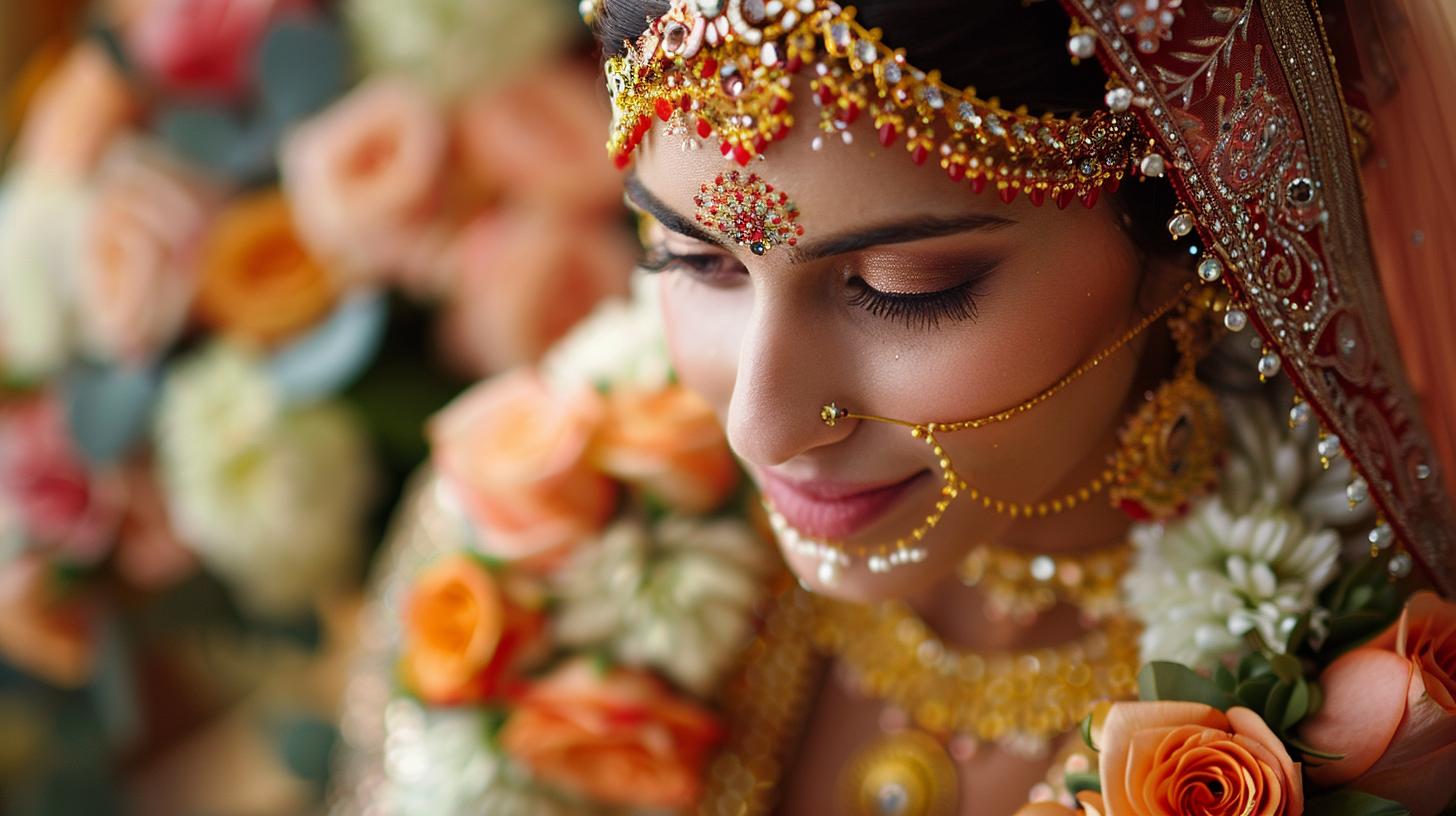Who Pays For Wedding In Indian Culture: A Comprehensive Guide to Wedding Expenses in India
In the vibrant tapestry of Indian culture, weddings are not just celebrations of love and union but also intricate events steeped in tradition, rituals, and grandeur. These ceremonies, known for their splendor, colors, and lavishness, vary significantly across different regions, religions, and communities in India.
The question of “Who pays for the wedding in Indian culture?” is complex, as the answer is deeply rooted in traditional practices, evolving social norms, and economic considerations. This article aims to provide a comprehensive guide to understanding how wedding expenses are traditionally allocated in India, along with insights into how modern influences are reshaping these practices.
Traditional Allocation of Wedding Expenses
Historically, Indian weddings have been grand affairs, and the allocation of expenses reflects deep-seated cultural values and societal norms. Generally, the bride’s family bears a significant portion of the wedding expenses.
This tradition stems from the dowry system, where the bride’s family offers gifts, cash, and other valuables to the groom’s family as part of the marriage agreement. Although the dowry system is legally banned in India, the practice of the bride’s family paying for the majority of the wedding expenses continues in many parts of the country.
The bride’s family typically covers the costs of the wedding ceremony, including the venue, decoration, catering, and entertainment. Additionally, expenses related to pre-wedding rituals, bridal attire, and gifts for the groom’s family and the guests are also traditionally borne by the bride’s side.
This financial responsibility is often seen as a part of the bride’s family’s duty to ensure a grand and memorable wedding celebration.
On the other hand, the groom’s family is traditionally responsible for the “baraat” (the groom’s wedding procession), his attire, and the gifts for the bride. They also host the reception, a post-wedding celebration that is more focused on the groom’s side of the family.
This includes the cost of the venue, catering, and entertainment for the reception.
Modern Shifts in Expense Allocation
It’s becoming increasingly common for both the bride’s and the groom’s families to split wedding expenses more equitably. This approach not only alleviates the financial burden on the bride’s family but also reflects a move towards more progressive values, emphasizing partnership and shared responsibility between the couple and their families.
Moreover, many modern couples are choosing to contribute to their wedding expenses, either partially or fully. This trend is particularly evident among couples who are well-established in their careers and wish to have a say in planning their wedding according to their preferences and financial capabilities.
Additional Considerations
The allocation of wedding expenses in India can also be influenced by several other factors, including the socio-economic status of the families involved, regional customs, and the scale of the wedding.
For instance, affluent families may opt for extravagant weddings without strictly adhering to traditional norms of expense allocation. Similarly, in some regions and communities, there are unique customs that dictate specific financial responsibilities for both families.
Furthermore, the advent of destination weddings and themed weddings has introduced new dynamics in the financial planning of Indian weddings. These weddings often require a more collaborative approach to budgeting, with expenses sometimes shared among the couple, their families, and even guests in some cases.
Conclusion
The question of who pays for the wedding in Indian culture does not have a one-size-fits-all answer. While traditional practices still influence the allocation of wedding expenses, there is a clear trend towards more equitable and flexible approaches.
As Indian society continues to evolve, so too does the way in which weddings are financed, reflecting broader changes in attitudes towards marriage, gender roles, and family dynamics. Ultimately, the most important aspect of Indian weddings remains the celebration of love, commitment, and community, regardless of who pays for what.
.







